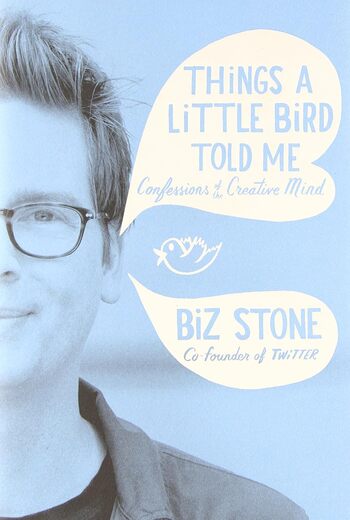
Jared Diamond explores human sexuality’s evolutionary roots, examining why sex exists, the role of genetic diversity, sexual selection, cultural influences, and the future of reproduction.
Main Lessons
- Sex exists largely to promote genetic diversity, crucial for survival amidst environmental challenges.
- Sexual reproduction enables new genetic combinations through recombination, fostering adaptive traits.
- Sexual selection shapes human mating strategies, favoring traits like attractiveness, health, and intelligence.
- Polyandry allows females to choose the most fit mate, influencing monogamy and pair bonding in humans.
- Large penis size evolution may be driven by female preference, indicating potential reproductive success.
- Cultural norms deeply influence sexual behavior, beyond direct evolutionary pressures, like the concept of virginity.
- Polygamy provides resource access and protection benefits but increases male competition.
- Diseases select for traits that reduce transmission risk, promoting monogamy and reduced promiscuity.
- Parasites can manipulate host sexual behavior to enhance their transmission chances during mating.
- Modern technology and societal changes pose new challenges and opportunities for human sexuality evolution.
- Overpopulation and resource depletion could significantly impact future sexual behaviors and reproductive strategies.








